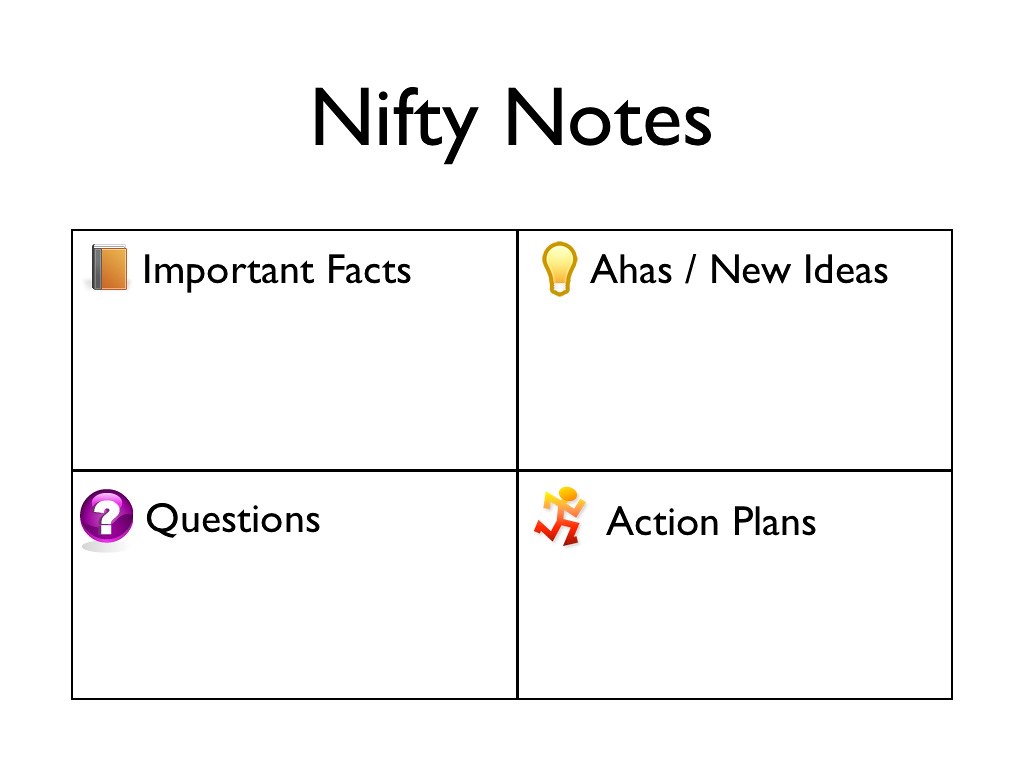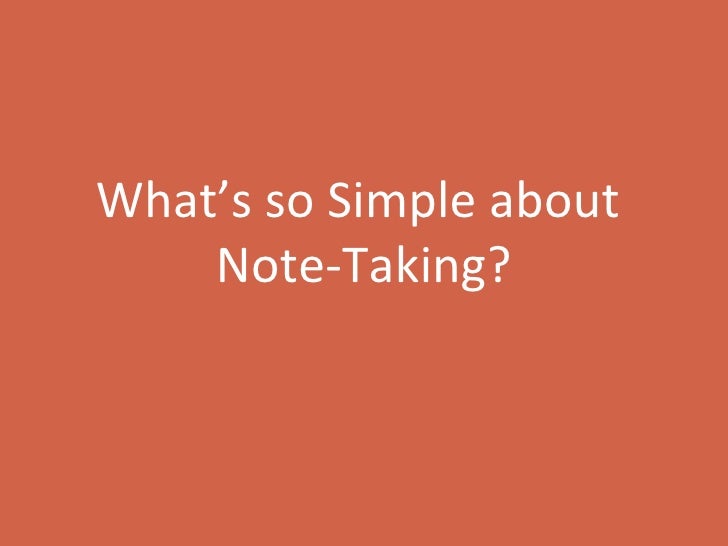A journey of a thousand miles begins with a single step. Laozi, Chinese philosopher.
It isn’t often I tackle “prevailing wisdom,” but this is one
of those moments. While Pam Mueller and Daniel Oppenheimer certainly created a
catchy title, The Pen is Mightier than the Keyboard, they omitted an extremely important fact–that note taking is
an art to be taught and practiced. Maggy McGloin, writing in the HarvardBusiness Review, is perpetuating the omission, and, since the Harvard Business
Review carries a certain cachet, I’m prepared to begin my journey. Thanks to
Alfie Kohn for giving me the courage to speak. I was a huge fan and ardent
practitioner of assigning homework to middle school students. After reading and
thinking about Kohn’s work, I no longer assign nightly homework, opting instead
to allow my students time to pursue their own hobbies and interests. But, I
digress.
Mueller and Oppenheimer discovered that students who take
notes on laptops often engage in mindless transcription. I have no doubt this
is true. Learning to take notes requires practice and frequent reminders from
instructors, teachers, and coaches. Educators already know we need to teach how
to highlight material in texts. Left to their own devices, younger students
develop the habit of highlighting anything they don’t know. They often try
using different colors of highlighters for different pieces of information.
Students tell me they use blue for new vocabulary, yellow for new facts, pink
for new dates, etc. While their texts are quite colorful at the end, students
don’t really absorb material and have no clue how to use the highlighted passages to study
for quizzes or tests. Sports coaches give near constant feedback to athletes
beginning in middle school. High school and college coaches continue this
practice. How many high school teachers or college professors review individual
student notes prior to midterms or unit exams?

Learning to take notes requires the same focus and attention
as learning to highlight text. Teachers use strategies such as the New AmericanLecture, Cornell Notes, and a host of others to help students learn how to take
notes effectively. I find that I have to continually remind students to use
organizers when taking notes. In middle school, I often give students
organizers that have three bullets in each of four boxes. Students are
instructed not to exceed three bullets. Other
times, I will use up to five bullets. The point is that students need note
taking parameters. Left to their own devices, I agree with Mueller and
Oppenheimer, students will mindlessly transcribe.
Part of my curriculum involves students taking notes while
viewing videos. In order to reduce the temptation to transcribe the video, I
send the students a link to a video transcript. They immediately understand
they do not need to retype the transcript. It is available to them anytime they
need it. Teaching note taking requires the same skills as teaching any other
concept. Students need an introduction, opportunity to practice, and some form
of feedback loop.
The question Mueller, Oppenheimer, and McGloin should have
asked their college students is what note taking method they used and why they chose it. When I ask seventh
graders this question, many reply they have no organized method, they just
write bullets. I teach at least three methods of taking notes in my class. We
begin with Cornell, outline, and mind mapping (mapping.) I review which methods helped students and by
the end of the year, I ask them to choose the method they have found the most
helpful.
Students do not automatically remember these methods from
year to year or class to class or even unit to unit within the same class. The
temptation to revert to a new bullet for every note and mindlessly transcribe
is often too great to resist. The reason note taking methods, even just
longhand, work is that students have to mentally analyze and evaluate
information prior to writing/typing it. Every teacher from middle school to
university needs to instruct and remind students how to take useful notes.
Taking notes on a laptop is far more useful than longhand if
taught and practiced correctly. Laptop notes can be annotated, tagged, re-used,
shared with study groups, and, when cited correctly, become the basis for
research articles, class papers, and essays. Electronic notes also encourage
reorganizing, further research, etc., that both enhance and extend learning.
Part of my teaching note taking methods involves students coming to class with
at least three questions generated from their notes. These become the basis for
a quick review/discussion. Muller’s and Oppenheimer’s study do not indicate any
follow up other than a quiz.
 Longhand notes might work well in the short term, either for
a unit or a single class. Electronic notes will last longer and be far more
useful provided students are taught/reminded that there has to be a method to
their note taking. Mindless transcription is not a method, just as mindless
text highlighting is not actively reading. Students should be explicitly coached how to take notes and encouraged to use the methods they have learned. Pam Mueller agrees and, in a follow up
interview, concludes, “Ultimately, the take-home message is that people should
be more aware of how they are choosing to take notes, both in terms of the
medium and the strategy.” The question
isn’t pixel or pen. It is which note taking method will help me learn and retain this material?
Longhand notes might work well in the short term, either for
a unit or a single class. Electronic notes will last longer and be far more
useful provided students are taught/reminded that there has to be a method to
their note taking. Mindless transcription is not a method, just as mindless
text highlighting is not actively reading. Students should be explicitly coached how to take notes and encouraged to use the methods they have learned. Pam Mueller agrees and, in a follow up
interview, concludes, “Ultimately, the take-home message is that people should
be more aware of how they are choosing to take notes, both in terms of the
medium and the strategy.” The question
isn’t pixel or pen. It is which note taking method will help me learn and retain this material?
Image sources:
Keyboard & Pen
Nifty Notes
What's so Simple about Note-Taking
Keyboard toolbox
 Longhand notes might work well in the short term, either for
a unit or a single class. Electronic notes will last longer and be far more
useful provided students are taught/reminded that there has to be a method to
their note taking. Mindless transcription is not a method, just as mindless
text highlighting is not actively reading. Students should be explicitly coached how to take notes and encouraged to use the methods they have learned. Pam Mueller agrees and, in a follow up
interview, concludes, “Ultimately, the take-home message is that people should
be more aware of how they are choosing to take notes, both in terms of the
medium and the strategy.” The question
isn’t pixel or pen. It is which note taking method will help me learn and retain this material?
Longhand notes might work well in the short term, either for
a unit or a single class. Electronic notes will last longer and be far more
useful provided students are taught/reminded that there has to be a method to
their note taking. Mindless transcription is not a method, just as mindless
text highlighting is not actively reading. Students should be explicitly coached how to take notes and encouraged to use the methods they have learned. Pam Mueller agrees and, in a follow up
interview, concludes, “Ultimately, the take-home message is that people should
be more aware of how they are choosing to take notes, both in terms of the
medium and the strategy.” The question
isn’t pixel or pen. It is which note taking method will help me learn and retain this material?Image sources:
Keyboard & Pen
Nifty Notes
What's so Simple about Note-Taking
Keyboard toolbox











